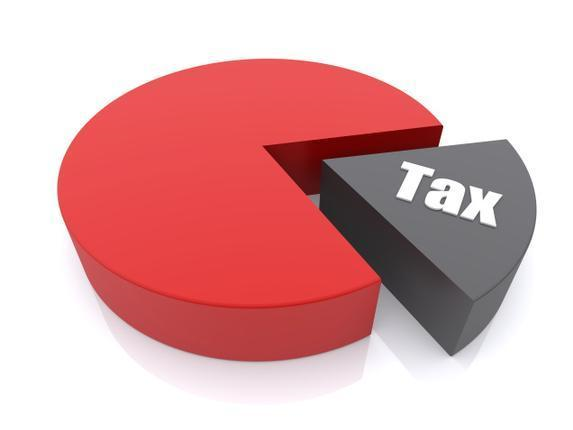Search
Understanding EEE, EET, ETE for Investments
October 03, 2017
EEE, EET, and ETE define the three ways your investments can be taxed. Each letter in the acronym stands for each of the three stages that are involved in the process. These stages are:
- When you put funds into an investment
- When the investment earns interest or gives return
- When you withdraw the lump sum which comprises of both the principal amount as well as the interest amount

Familiarizing with these terms can help you understand how your investments are taxed and how can you benefit the most.
EEE: Exempt Exempt Exempt
In this, the first exempt means that the investment itself qualifies for tax benefits. So, you can deduct the investment amount from your taxable income. The second exempt means that that the interest earned on the investment is also tax deductible. Similarly, the final exempt means that the profits earned from the investment after maturity won’t be taxable as well.
Usually, it’s the long-term investments like life insurance policies that follow the EEE pattern. Other examples include Employee Provident Fund and Public Provident Fund, ELSS, etc.
EET: Exempt Exempt Taxable
In this, EE means that the investment, as well as the generated interest, are both exempted from the tax. However, the maturity amount or the withdrawals share a tax liability.
Some of the common investments that share EET status include National Pension Scheme, Unit Linked Pension Plans, etc.
ETE: Exempt Taxable Exempt
Investments in National Savings Certificates represent the perfect example of an ETE status, which is used for investments that are exempted from taxes during the investment itself and at the time of withdrawals. However, the interest generated on these investments is taxable, just like with NSCs.



